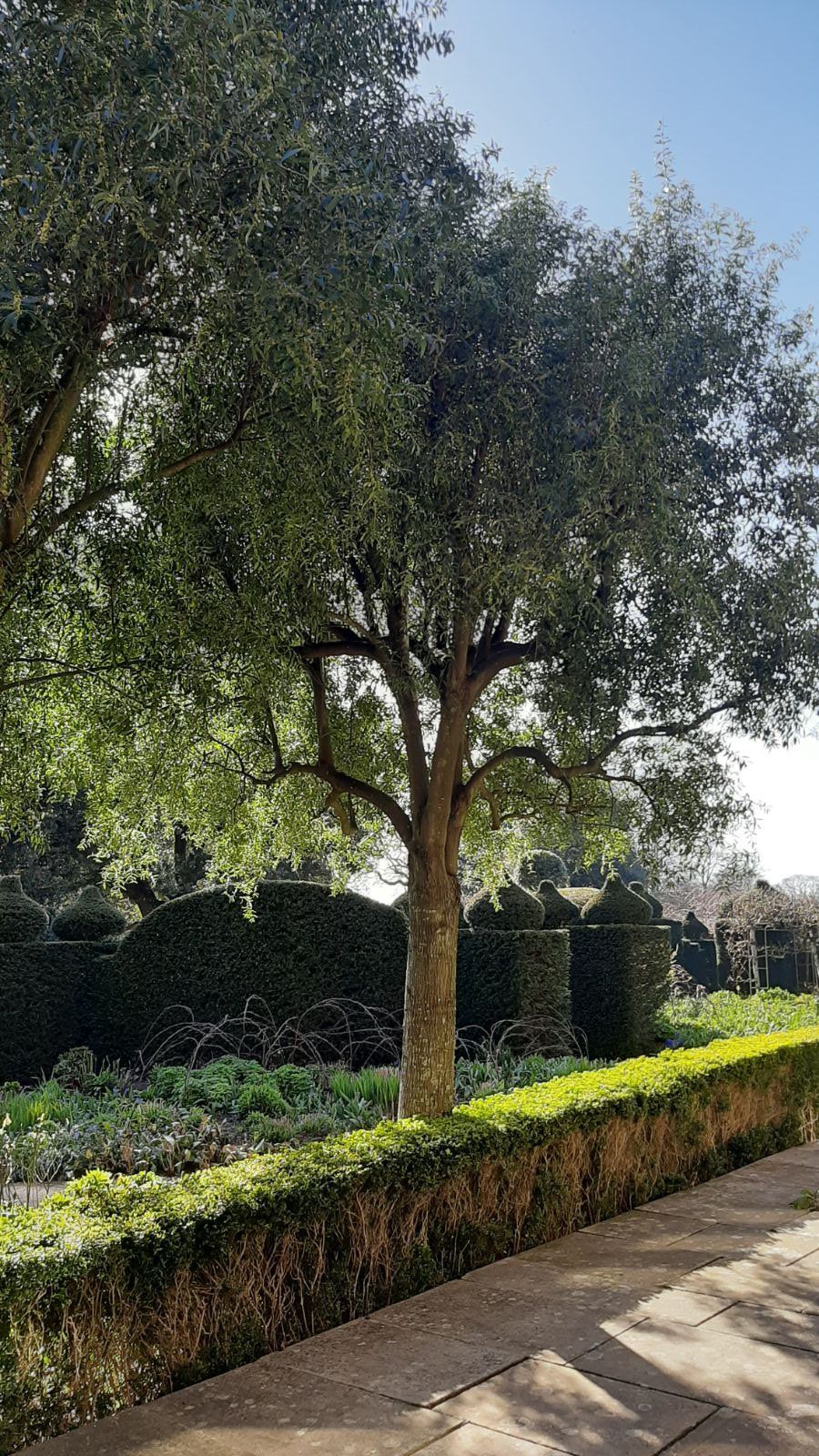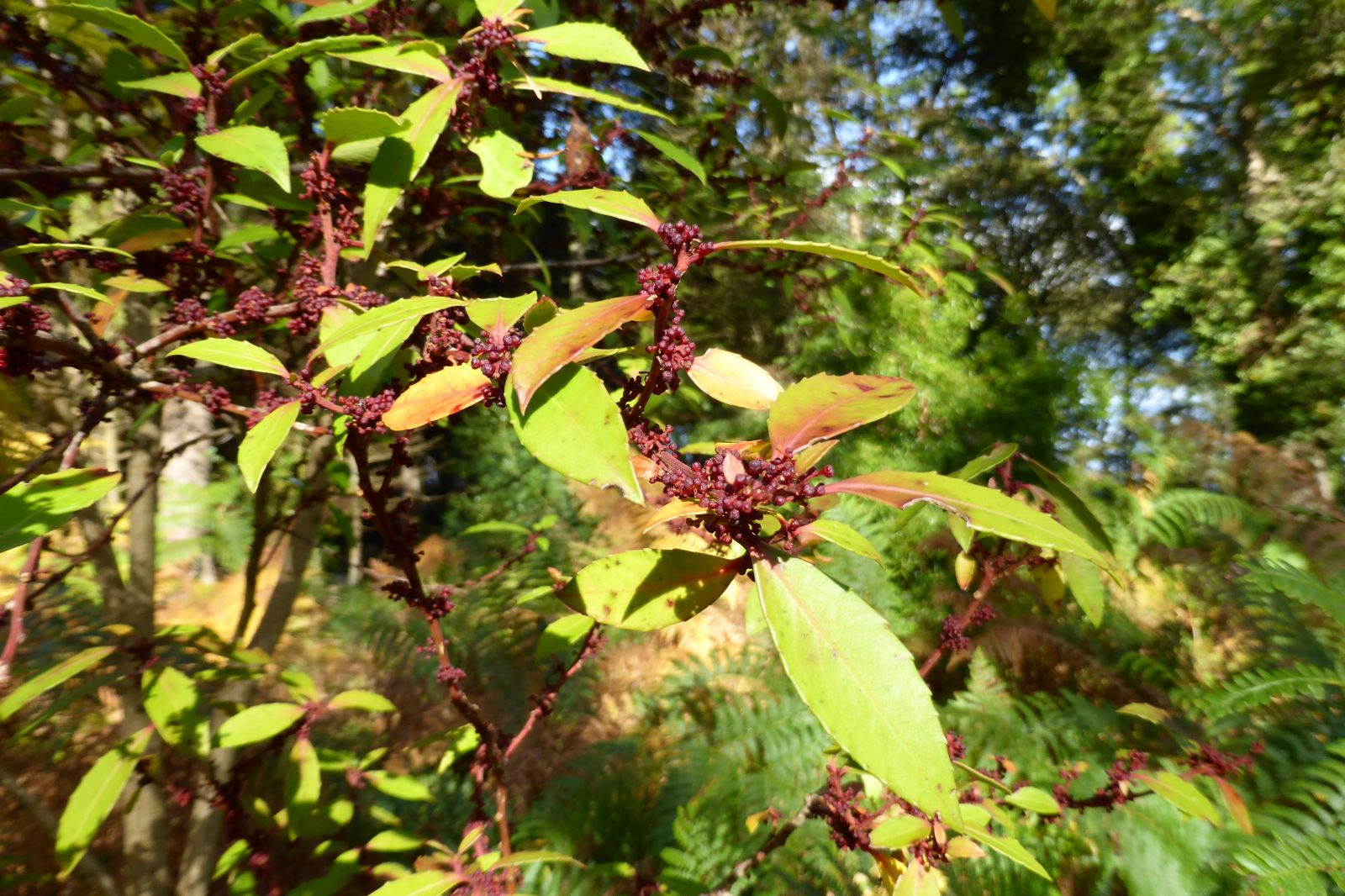Maytenus
Credits
Article from Bean's Trees and Shrubs Hardy in the British Isles
Article from New Trees by John Grimshaw & Ross Bayton
Recommended citation
'Maytenus' from the website Trees and Shrubs Online (treesandshrubsonline.
Family
- Celastraceae
Common Names
- Maytens
Maytenus includes about 200 species in the tropical and warm temperate regions of the world, with greatest diversity in Central America. It is absent from Europe, with the exception of M. senegalensis (Lam.) Exell subsp. europaeus (Boiss.) Rivas Mart. in southern Spain. Maytenus species are robust shrubs or small trees with stems that may be pubescent or glabrous, spiny or unarmed. The leaves are evergreen, alternate, petiolate and entire; stipules are small and deciduous. They are monoecious or dioecious; inflorescences are axillary and cymose or, rarely, solitary. The flowers are usually hermaphrodite and 5-merous. The fruit is a two- or three-lobed capsule, which splits into sections (septicidal) at maturity, revealing the seeds. The seeds have a brightly coloured, fleshy aril in a basal position (Lourteig & O’Donell 1955, Long 1991).
The genus is most familiar in cultivation through the elegance of M. boaria, whose hardiness and charms are becoming more widely appreciated. Maytenus disticha (Hook. f.) Urb., a low-growing Chilean shrub with small neat leaves, grows in the Scottish botanical gardens from collections by various expeditions, and is also in commerce in the United Kingdom. It is allied to M. chubutensis, as mentioned by Bean (1981a).
Bean’s Trees and Shrubs
Maytenus
As once understood, Maytenus was a genus confined to the New World, from Florida and S. Texas to the Magellan region, and most numerously represented in the tropics of C. and S. America, and in the West Indies. Recently, however, numerous African species previously placed in Celastrus or Gymnosporia have been transferred to it. It resembles Huonymus and Celastrus in having the seeds wholly or partly enclosed in a fleshy aril. The generic name derives from the Indian name for M. boaria – ‘maiten’.


